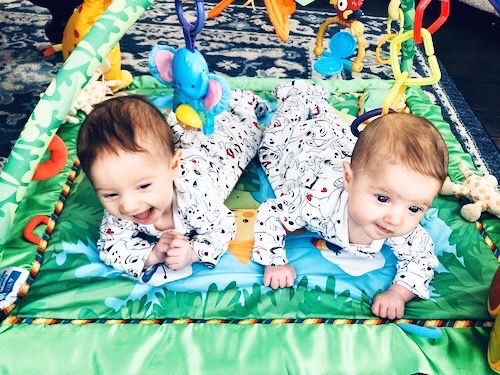Container Baby Syndrome: How Equipment Can Hinder a Child’s Development

An infant container is any device that limits movement of a baby and includes:
• Infant carriers such as slings and packs
• Nursing pillows or cushions
• Floor seats, car seats and highchairs
• Jumpers or walkers
• Infant swings
Time in a container can quickly add up throughout the day if a child rides in a car seat, falls asleep in a swing, sits in a highchair then stands in a baby walker or other such equipment. Switching from one container to the next reduces the amount of time and ability for a baby to kick, turn their head side-to-side, wiggle and move as a baby is supposed to do in order to develop the needed strength and coordination to learn new skills such as rolling over, sitting up, crawling and walking.
While many of these products make parents feel the baby is working on these skills by standing in an activity center or sitting in a floor seat, containers actually prevent children from sitting or standing in correct alignment and result in an inability to activate important muscles. Equipment can hinder the development of skills and place inappropriate stress on developing bones and joints – placing the child at risk for other injuries.
These issues mean that children who use containers may actually take longer to develop skills such as sitting, standing and walking. When a child is already at risk for developmental delays due to prematurity, Down syndrome, or other medical concerns, overuse of equipment can result in even greater impact and delays for the baby.

